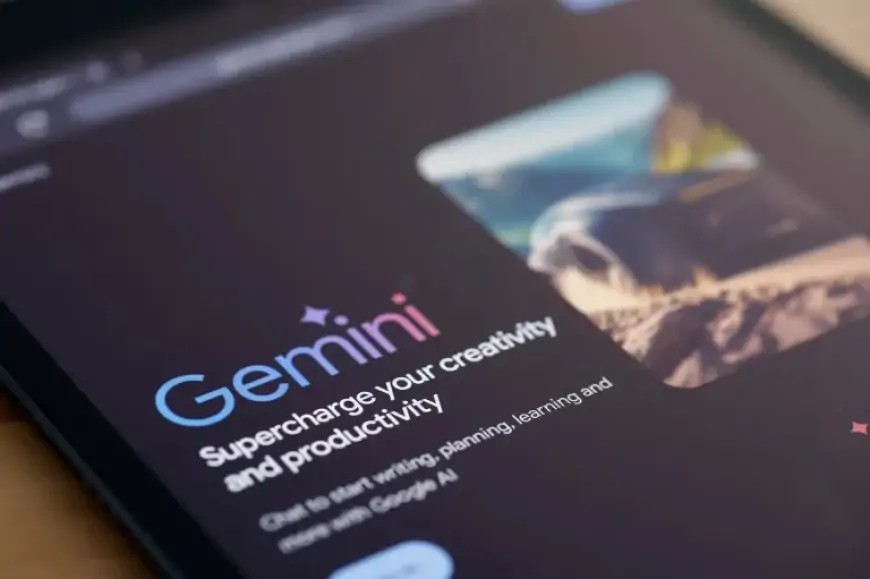Google claims AI olympics ad was well-tested before sparking controversy
Google's AI Olympics ad was reportedly tested successfully before it faced backlash. Discover how the ad was received and the controversy it sparked.

Google’s attempt to channel Olympic excitement into its chatbot, Gemini, received mixed reactions despite initial positive feedback. The ad, featuring a father using Gemini to help his daughter write fan mail to sprinter Sydney McLaughlin-Levrone, was meant to showcase AI’s potential to enhance creativity. However, it faced significant backlash upon release, with viewers criticizing it for suggesting AI could replace genuine human interaction and creativity.
The commercial, which aimed to celebrate Team USA and illustrate AI's supportive role, was met with negative responses from various critics. NPR's Linda Holmes and Washington Post columnists expressed strong disapproval, while Reddit users labeled the ad as “gross” and “inhuman.” Media experts like Shelly Palmer also criticized the ad for misrepresenting AI's capabilities and potentially undermining the importance of personal expression and learning.
Although the ad had shown promising test results according to System1, the real-world reception led Google to remove it from TV rotation. The ad remains available on YouTube but with comments disabled. Some positive feedback was noted on Sydney McLaughlin-Levrone’s Instagram, but it wasn't enough to counteract the widespread criticism. Google’s statement emphasized their intent to create an authentic story and reaffirmed that AI is a tool meant to enhance, not replace, human creativity.
Another tech giant recently faced backlash with its ad. In May, Apple’s “Crush” commercial aimed to highlight the role of technology in fostering human creativity but instead provoked controversy. The ad features an industrial crusher methodically crushing a variety of creative items, including paint buckets, a piano, books, and a sculpture. As the crusher retracts, it ominously reveals an iPad left untouched among the debris.
The ad's intention was to underscore how technology can support and amplify creative endeavors. However, the imagery of destroying artistic objects while showcasing the iPad was perceived by many as a disturbing contrast, leading to significant criticism. Critics argued that the ad's depiction of technology overshadowing traditional creative tools seemed tone-deaf and dismissive of the value of hands-on artistic processes.
The ad’s reception reflects a broader debate about technology’s role in creativity, with some viewers feeling that these ads misrepresent or trivialize the nuanced relationship between tech and human ingenuity. As tech companies continue to explore ways to connect their products with creativity, the mixed responses to these campaigns underscore the challenge of balancing innovation with respect for traditional creative practices.












































